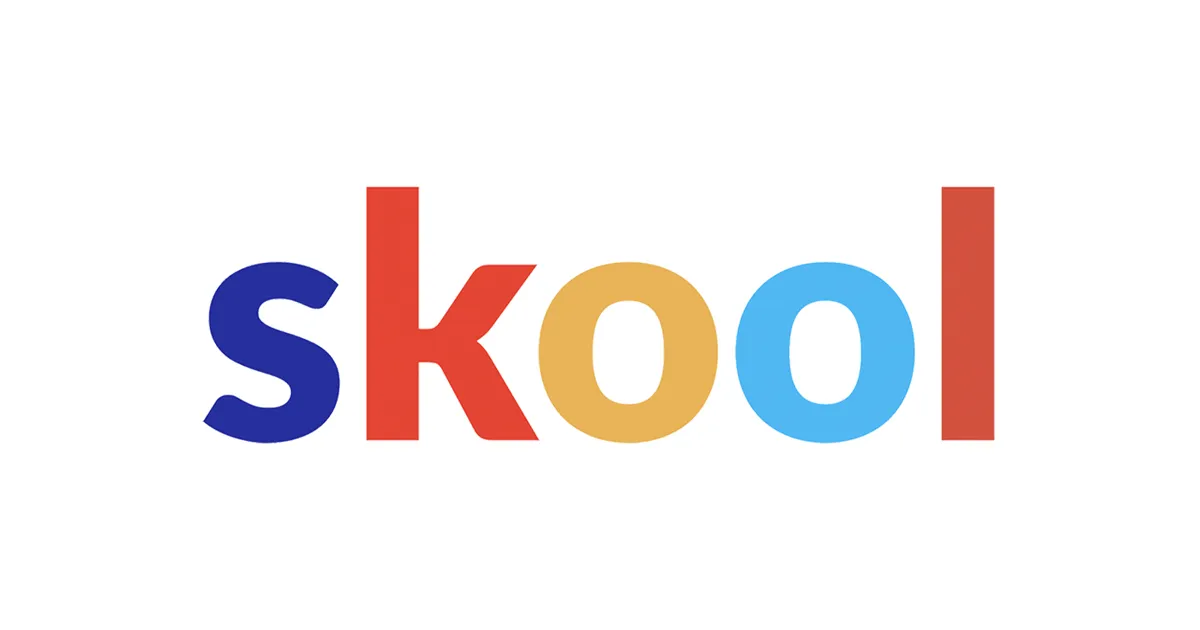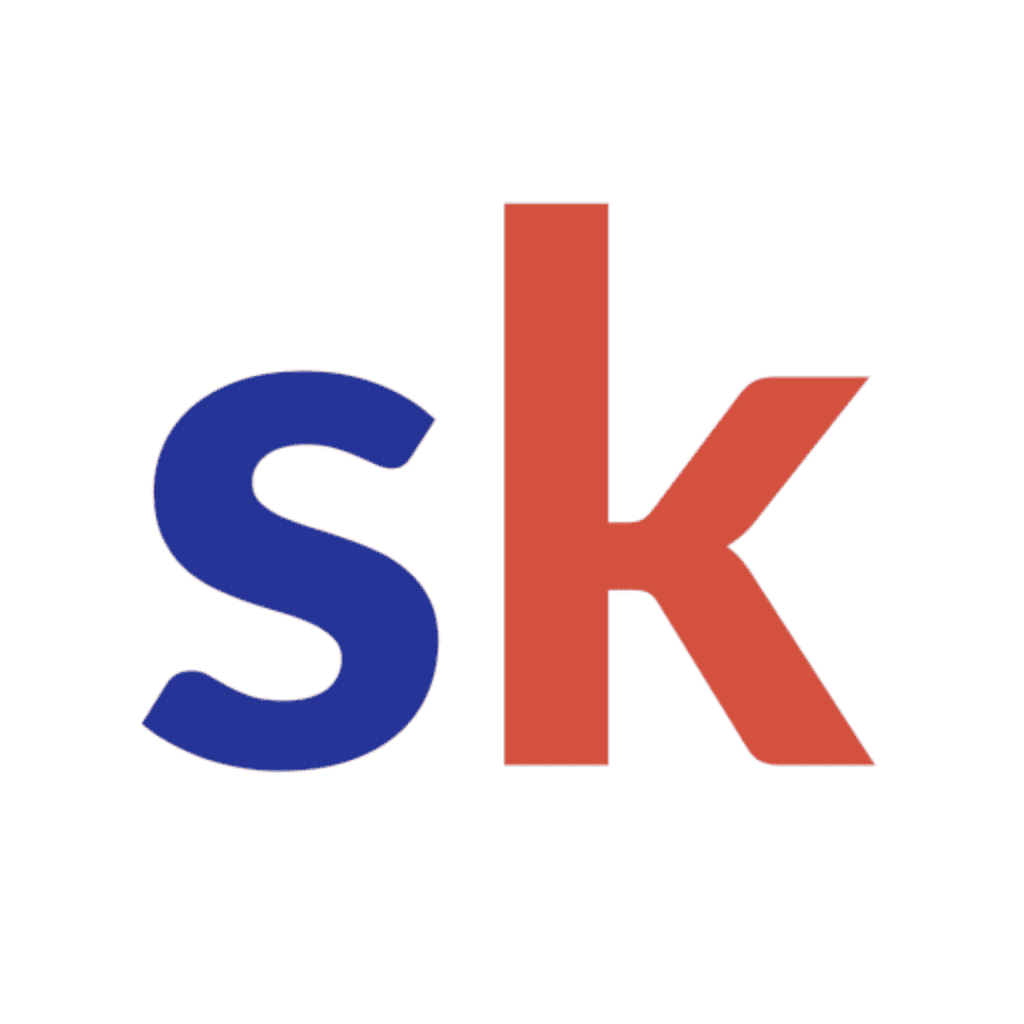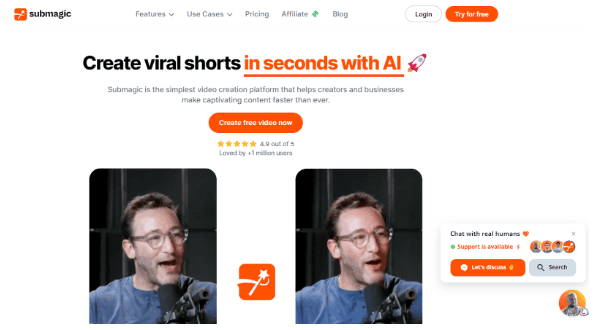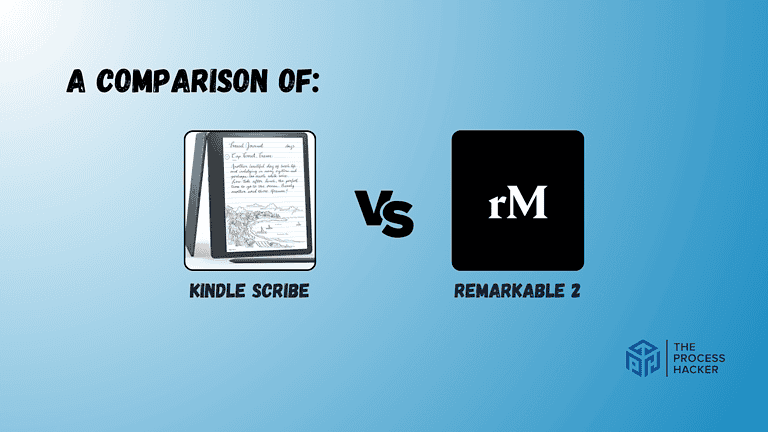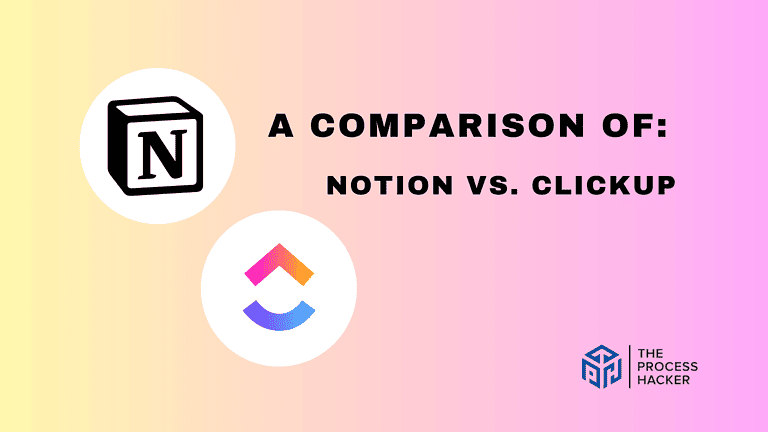Skool Pricing: How Much Is Skool? How to Price Your Community?
Are you considering Skool for your online community platform but wondering about its cost? Or are you looking to price your own community and need some help?
You’re not alone. Many course creators and community leaders grapple with pricing decisions, trying to balance value with profitability.
If you purchase through our partner links, we get paid for the referral at no additional cost to you! For more information, visit my disclosure page.
The stakes are high. You could choose the wrong pricing strategy, struggle to attract members or fail to sustain your community. But what if you could learn from Skool’s pricing model and apply those insights to your own Skool community?
In this comprehensive guide, we’ll explore Skool’s pricing structure and use it as a springboard to help you develop a pricing strategy for your own online course platform. We’ll dive into the details of Skool’s costs, what’s included, and how you can apply these principles to price your own community effectively.
What is the Skool Community Platform?
Skool is designed to foster engagement and streamline the management of online communities. It can be thought of as a central hub where members can interact, share knowledge, and participate in discussions.
But it’s not just about conversations; Skool also offers integrated course hosting, which means you can deliver valuable educational content directly within the platform. The platform itself is sleek and intuitive, making it easy for both community leaders and members to navigate and utilize its features.
Focusing on simplicity, Skool avoids overwhelming you with unnecessary bells and whistles, allowing you to focus on what truly matters—building a thriving community.
Skool Pricing: What’s the Cost?
Let’s start by breaking down Skool’s pricing structure to understand what you’re getting for your investment.
Skool’s Unified Pricing Model
Skool offers a straightforward pricing model:
- Single tier: $99 per month for all features
- Annual option: $990 per year, saving you two months’ worth of fees
- 7-day free trial: Test the platform before committing
This all-inclusive approach means you can access all of Skool’s features, regardless of your community size or needs.
What’s Included in Skool’s Pricing?
Understanding what you get for your money is crucial when evaluating any platform.
Your Skool subscription includes the following:
- Unlimited courses: Create and host as many online courses as you want
- Community tools: Discussion boards, live events, and engagement features
- Unlimited members: No cap on the number of community members
- Video hosting: Upload and stream video content directly on the platform
- Analytics: Track engagement and growth with built-in analytics tools
These features form the foundation of Skool’s offering, providing a comprehensive solution for course creators and community builders.
How Much Should You Charge For Your Skool Community?
Skool charges a flat fee of $99 per month for unlimited members and all the features. This is a pretty simple approach.
But how does this translate to your pricing strategy?
- Clear Pricing: Avoid complex tiers that might confuse potential members. Skool’s simplicity could be a model for you. A single price for all features is easy to understand and communicate.
- All-Inclusive Approach: Offer full access to all features for a single price. This eliminates the need for members to pick and choose, making the decision to join much simpler.
- Scalability: Ensure your pricing allows for community growth without hidden costs. Skool’s model is great for this. You won’t be hit with unexpected fees as your community expands.
Simplicity in pricing can make your offer more attractive and easier to manage. By adopting a clear, all-inclusive approach, you’ll be following in Skool’s footsteps and setting yourself up for success.
Remember: The value you provide through your community should be the primary driver of your pricing. Consider the quality of your content, the level of engagement, and the unique benefits you offer. These Skool hacks will help you determine a fair price that reflects the true worth of your community.
What is Your Skool Community’s Value Proposition?
To effectively price your community, you need to explicitly define and communicate its value proposition to potential members. This involves outlining what sets your community apart, the unique benefits it offers, and how it addresses specific member needs.
What makes your community unique?
Your community’s uniqueness could stem from exclusive content, a particular way of interaction, or specialized resources that are not available elsewhere. It might be the level of expertise offered, the specificity of the community focus, or the networking opportunities that arise. Pinpointing this uniqueness will not only help you set an appropriate price but also craft compelling marketing messages.
What specific benefits do community members gain?
Consider the tangible benefits members receive from joining your community. This could include access to expert advice, continuous learning opportunities, community tool for personal or professional growth, or even the chance to connect with like-minded individuals. Highlighting these benefits clearly helps potential members understand what they gain versus what they pay.
How does your community solve problems or fulfill needs?
Identify the specific problems your community solves or needs it fulfills. This could be providing support for complex challenges, offering a platform for networking, or facilitating a space for innovation and collaboration. Understanding and articulating how your community serves its members allows you to better align your pricing with the perceived value.
Use these insights to help you determine your pricing strategy and marketing efforts.
What Pricing Strategies Could You Use?
Different communities serve different purposes and thus, may thrive under different pricing models. Here are some viable options you might consider:
Membership Site
For a community built around ongoing access to content and resources, a recurring monthly or annual fee could be ideal. This model, similar to Skool’s, provides a steady revenue stream and simplifies budget planning for both you and your members. It’s well-suited for communities where continuous engagement and updated content are part of the core value proposition.
Online Courses
If your community is centered around educational content or specific courses, you might opt for a one-time fee per course or a bundle pricing strategy. This approach allows members to pay for what they use, which can attract those who prefer not to commit to a recurring fee. It’s particularly effective if your Skool platform offers a wide range of courses, enabling you to package them in ways that meet diverse needs and budgets.
Coaching Programs
For communities that offer personalized coaching or mentorship, tiered pricing can be highly effective. Different tiers can offer varying levels of support, access, and resources, allowing members to choose the level that best fits their needs and budgets. This model can help cater to both entry-level participants and those seeking intensive support.
Unlimited Members and Courses
Adopting Skool’s model of allowing unlimited members and courses might be advantageous if your platform can support large-scale participation without significant incremental costs. This model is especially appealing in the following ways:
- Scalability: It supports the growth of your community without additional costs per member, making it easier to expand and scale.
- Simplicity: Managing memberships and access is straightforward, without the need to track limits for individual members.
- Perceived Value: Offering unrestricted access can enhance the perceived value of your membership, as members appreciate the freedom to explore all available content and resources without constraints.
Should I Have a Free Trial Period?
Implementing a free trial period is a proven strategy to increase interest and memberships. Here’s how you can structure your free trial for maximum impact:
Trial Length
Determining the right duration for your free trial depends on what you’re offering. If your platform is complex with lots of features, a longer trial period might be necessary to allow potential members enough time to explore and understand the full benefits.
Conversely, a shorter trial could be sufficient for other platforms. The key is to give enough time to hook the members but not so much that it postpones their decision to subscribe.
Access Level
Decide which features to include in the free trial. You could offer full access to showcase everything your community has to offer, or you might restrict access to more premium features, encouraging a transition to a paid membership to utilize the full range of services.
The access level should be enticing enough to engage trial members and give them a real taste of the benefits of an engaged community.
Conversion Strategy
Plan an effective strategy to convert trial members into paying subscribers. This could involve timely communications during the trial, special offers upon trial completion, or showcasing success stories and testimonials from existing members. It’s crucial to communicate the value of continuing as a paying member clearly and compellingly.
A well-planned free trial helps validate your community’s pricing by giving potential members a risk-free way to experience the value firsthand. If they find the platform beneficial, they’re more likely to feel that the membership cost is worth it.
While an unlimited access model can be highly attractive, as it allows members to explore all aspects of your community without restriction, ensure that it aligns with your resource capabilities and long-term goals. Such a model requires careful planning to ensure that it remains sustainable without sacrificing the quality or responsiveness of the community management.
Why are Regular Pricing Reviews Important?
There isn’t a one-size-fits-all answer, as the ideal price depends on several factors. Consider the value you offer, your target audience, and the prices of similar communities. Skool itself offers a free trial and then charges a monthly fee.
Your pricing strategy isn’t something you set and forget. Regular reviews are essential for sustained success. Here’s what you should do:
- Regularly assess the value you provide: As your vibrant community grows and you offer more, the value increases. Make sure your pricing reflects that.
- Gather feedback from your community members: Their insights are invaluable in understanding if your pricing aligns with their perceived value.
- Adjust pricing as your offerings expand or change: Your multiple groups will evolve. Don’t hesitate to adjust your pricing to match these changes.
By being adaptable with your pricing, you ensure your community stays competitive and thrives over time. Check out the Skool Games to challenge yourself to grow!
Final Thoughts on Skool Pricing
Skool’s pricing model of $99 per month or $990 per year offers a comprehensive, all-inclusive approach to community building and course creation. By studying this model, we can extract valuable lessons for pricing our own communities.
Remember, the right price for your community is one that fairly compensates you for the value you provide while remaining accessible to your target members. It’s about striking a balance between profitability and community building.
Whether you choose to emulate Skool’s single-tier, all-inclusive model or opt for a different approach, the key is to ensure your pricing reflects your unique value proposition and supports sustainable growth.
As you develop your pricing strategy, consider the simplicity of your structure, the value you offer, and the potential for scalability. And don’t forget the power of a free trial to attract and convert new members.
Are you ready to take a fresh look at your community pricing? By applying these insights from Skool’s model and adapting them to your unique situation, you can create a pricing strategy that helps your community thrive.

